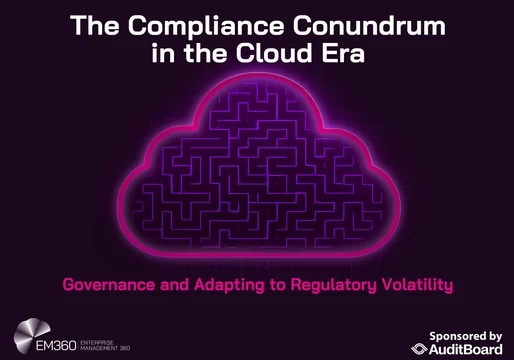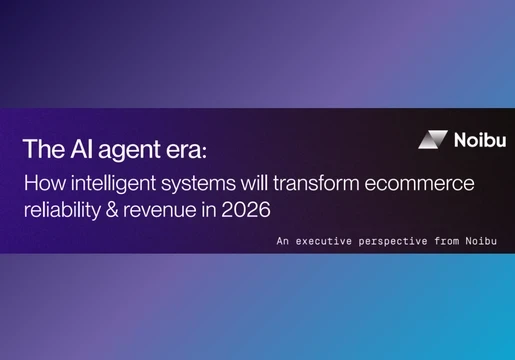
Timeline & root cause
On October 20, 2025, AWS reported that in the US-East-1 region (Northern Virginia) multiple services were experiencing “increased error rates and latencies”.
The initial alert was around 3:11 a.m. ET / 12:11 a.m. PT.
AWS later confirmed that the issue appears to be related to DNS resolution of the DynamoDB API endpoint in US-East-1.
The outage impacted not only DynamoDB, but other dependent services and features (e.g., global tables, IAM updates) tied to the region.
Impact
A wide range of popular applications and services were disrupted: e.g., Snapchat, Fortnite, Duolingo, Signal, Ring doorbells, many banking apps, etc.
Because so many services rely on infrastructure in US-East-1 (either directly or via global features dependent on that region), the outage had a ripple effect worldwide.
Reported Sample of applications impacted by the Amazon Web Services (AWS) outage on October 20, 2025:
Snapchat — wide-scale downtime following AWS issues.
Fortnite — gaming platform heavily disrupted.
Robinhood — trading app affected by AWS connectivity/latency issues.
Venmo — peer-to-peer payments app saw service interruptions.
Signal — secure messaging app among those impacted.
Duolingo — language-learning app encountered accessibility problems.
Life360 — location/tracking app flagged in outage lists.
MyFitnessPal — fitness/tracking app reported issues.
Canva — cloud-based design platform affected.
Clash Royale / Clash of Clans — mobile games relying on cloud services were hit.
Zoom — video-conferencing service reported outages in connection with the AWS event.
Ring — smart-home/security brand (via AWS) showed outage reports during the event.
What the outage wasn’t
AWS officially shared this was not (at least so far) a malicious cyberattack, but rather an internal infrastructure fault (DNS resolution + service dependencies) that caused cascading failures.
There were no public reports (yet) of massive data loss associated with this event (though delays/backlogs occurred).
Why the Outage Matters for Cloud Resilience
Centralization risk
US-East-1 is one of AWS’s largest and most central cloud regions, housing many foundational services and global features. When it suffers an issue, many downstream dependencies (even in other regions) can get affected. This highlights the systemic risk of centralizing too much in one region.
As one expert noted: “So much of the world now relies on these three or four big (cloud) compute companies … when something goes wrong it can be really impactful.”
Dependence on inter-service dependencies
The root cause (DNS resolution for DynamoDB API) shows how even a seemingly isolated service (database endpoint) can propagate failures broadly because many services depend on it (either directly or indirectly).
For example: global features (IAM updates, global tables) that span regions may still rely on a specific region’s endpoint for control-plane or backend operations.
Backlogs & degraded service are serious
Even after the main failure is mitigated, customer services still experienced degraded performance (delayed responses, queued tasks). These kinds of residual effects often cost businesses in user trust, operations, and revenue.
One commentary: > “When AWS sneezes, half the internet catches the flu.”
Business & operational impact
For many businesses, their apps may “sit” on one region or depend on one region implicitly. When that region stumbles, entire customer-facing experiences break (login, payments, APIs).
Especially for mission-critical applications (finance, healthcare, IoT, etc.), the cost of downtime is high – this outage reminds organizations that cloud availability matters as much as (or more than) pure cost savings.
The broader implication: Outages at major cloud providers are not rare. The historical timeline of AWS shows many major incidents in US-East-1 (2011, 2012, 2015, 2021, 2023) which underscores the need to build redundancy, not assume infallibility.
Lessons & Best Practices for Cloud Resilience
Given what happened, here are key take-aways and actionable practices any organization using the cloud (AWS or otherwise) should consider:
1. Multi-region architecture
Don’t rely on a single region (especially one as central as US-East-1) for critical workloads.
Design systems so that failure of one region doesn’t bring down your entire service: workloads should fail-over to another region/north-zone with minimal disruption.
For globally distributed services, consider active-active or active-passive multi-region setups.
2. Understand cross-region dependencies
Audit your services to understand whether any “global control-plane” or “backend shared service” is implicitly tied to one region. For example: identity management, global tables, DNS, log ingestion pipelines.
Ensure fallback paths exist in other regions for these dependencies.
3. Resilience vs. cost trade-offs
Some architectures opt for cost-savings (single region) which increases risk. Evaluate your risk tolerance: For high-availability or user-facing critical systems, the incremental cost of multi-region may be justified.
Implement chaos testing / failure injection drills to regularly test your multi-region fail-over mechanisms (so you know they’ll work when needed).
4. Monitoring, alerting & communication
Monitor not just your app’s service level metrics, but region-specific cloud provider health dashboards and dependency health (e.g., for DynamoDB, IAM, etc.).
Have communication plans with your customers for when cloud provider outages happen — it’s often not your fault, but your responsibility to manage the impact.
5. Backup and recovery readiness
Even though this outage was more about service degradation than data loss (at least publicly), it reinforces the importance of backups, snapshots, and the ability to restore workloads in another region.
Maintain up-to-date runbooks and incident response processes that assume worst-case scenarios (region-wide failures).
6. Vendor/Cloud risk management
Large cloud providers dominate infrastructure (AWS, Azure, Google Cloud). Many services and even competitors rely on them. That means their failures have outsized effects.
For some critical workloads, consider “cloud provider redundancy” (i.e., cross-cloud) though this carries complexity.
At minimum, ensure SLAs, contractual protections, and risk-transfer considerations (insurance, business continuity planning).
What This Means Going Forward
For AWS: They'll almost certainly conduct a post-mortem, improve DNS/endpoint resilience in US-East-1, potentially reduce single-points-of-failure, and update operational controls. The public acknowledgement of the root cause suggests they’re taking it seriously.
For the cloud industry: A reminder that even “world-class” cloud infrastructure is vulnerable. Outages will happen; the difference is how you design to survive them.
For end users & businesses: Prepare for the fact that “internet blackout”-level events can happen even without malicious actors. Business continuity planning must include cloud provider failure modes.
For regulatory & governance watchers: There will likely be increased scrutiny of how critical infrastructure (financial apps, banking systems, government services) depend on large cloud providers and how resilient those architectures are.
In Summary
The AWS US-East-1 outage is a high-profile incident that underscores the complexity and inter-connectedness of modern cloud systems. The root cause — a DNS resolution issue for a major service endpoint — shows how a small failure can cascade widely when dependencies are tight and infrastructure is centralized.
For organizations, the message is clear: assume your cloud region will fail someday, and build accordingly.
The industry will soon quantify the direct monetary & client satisfaction impact across each brand and as a total to AWS.







Comments ( 0 )